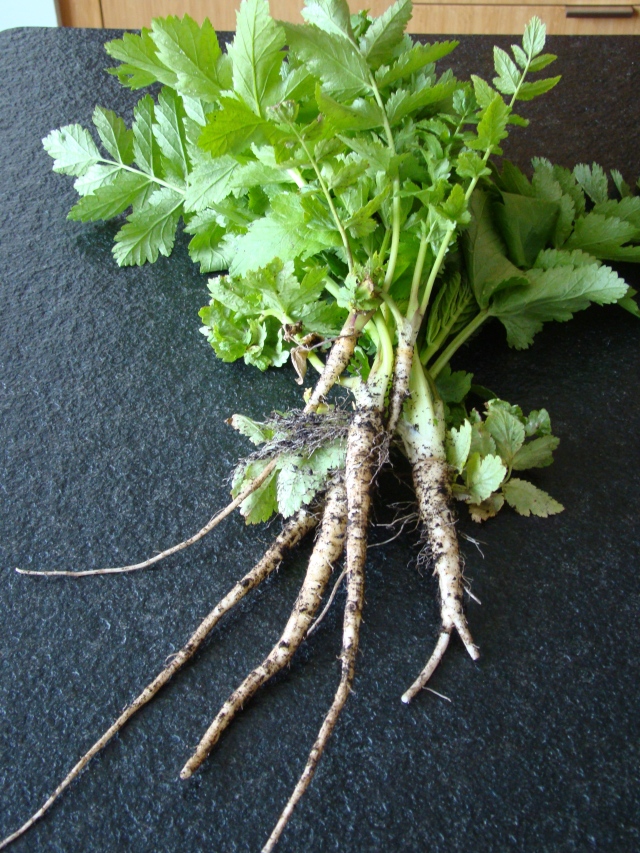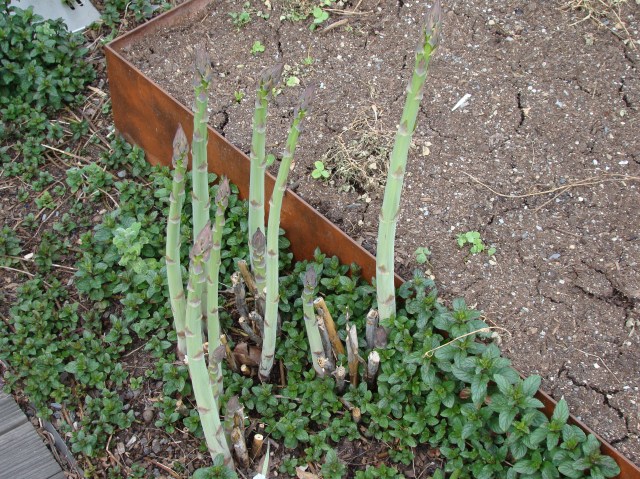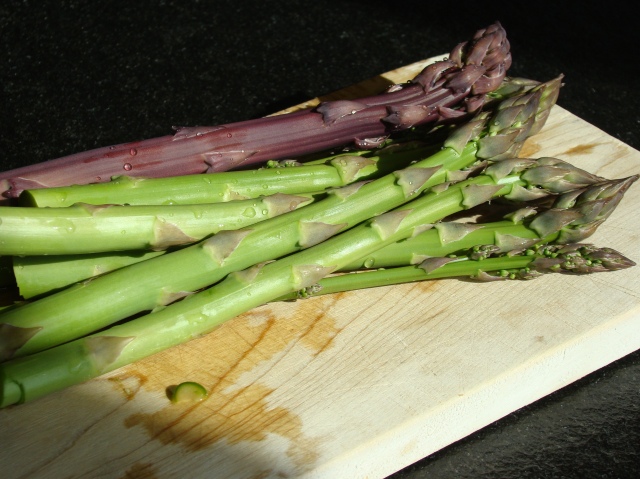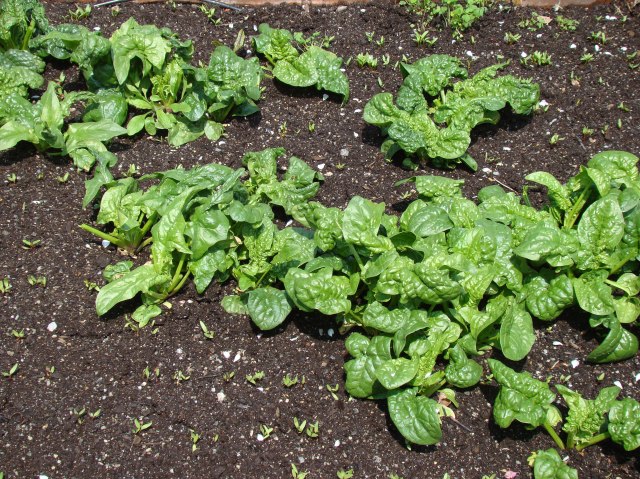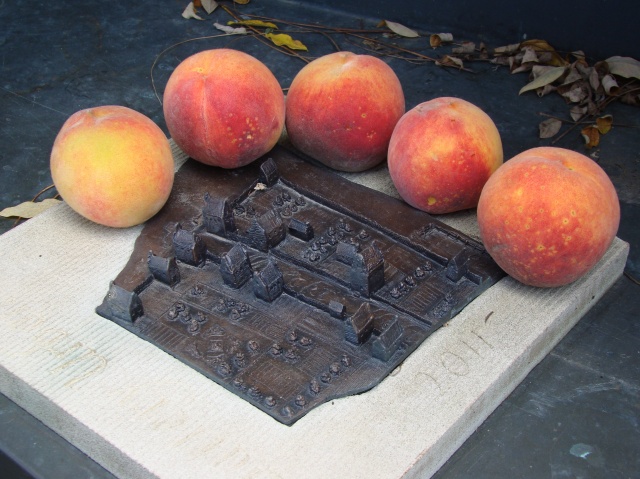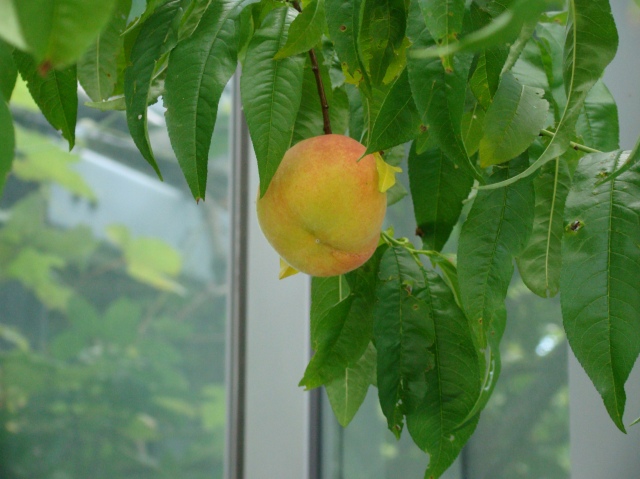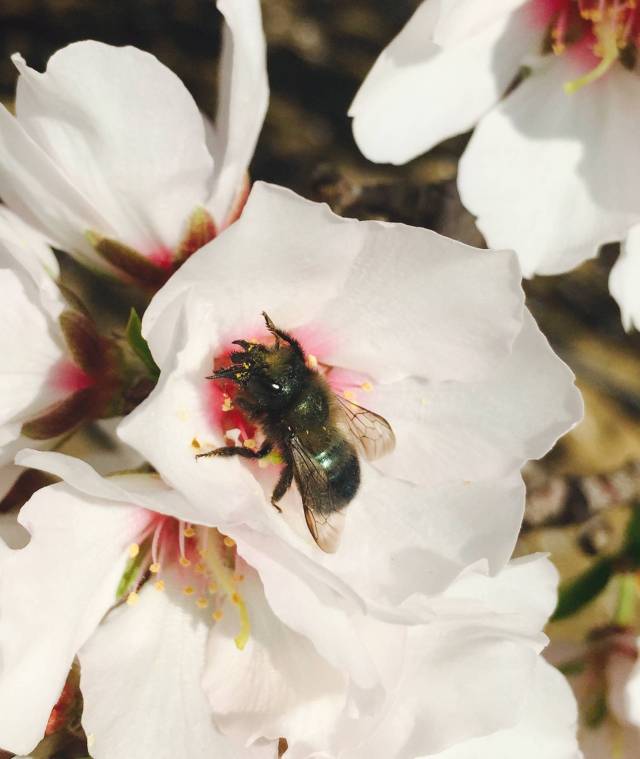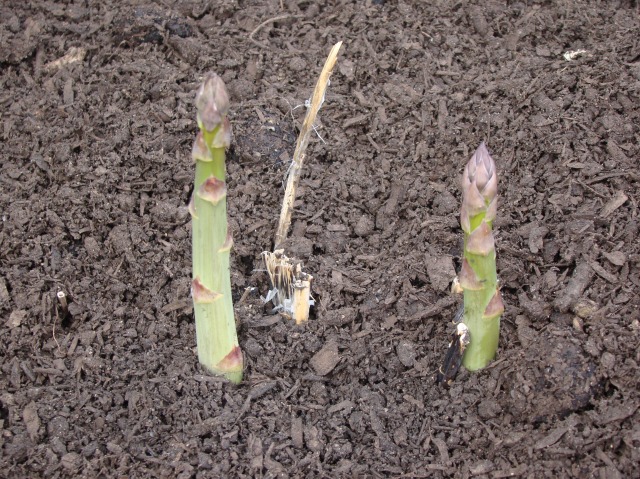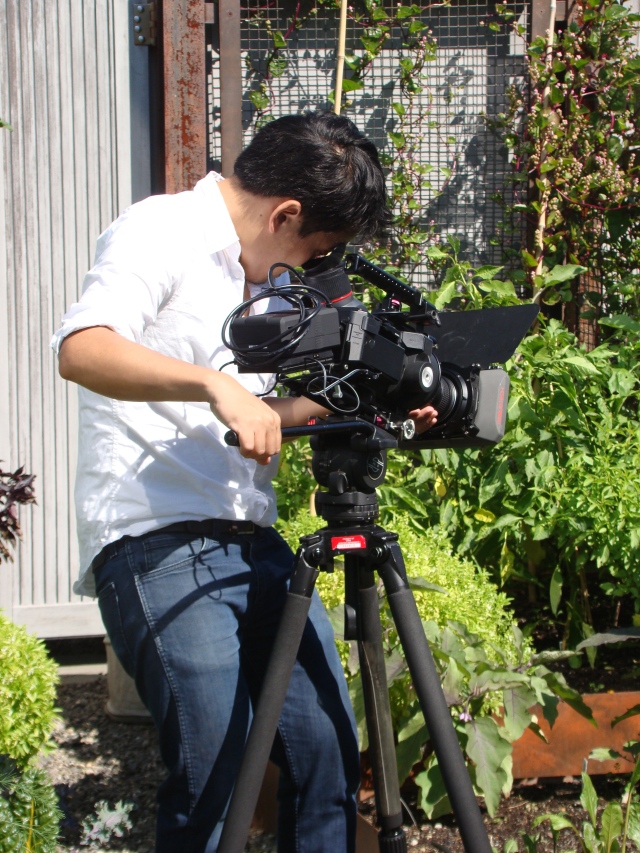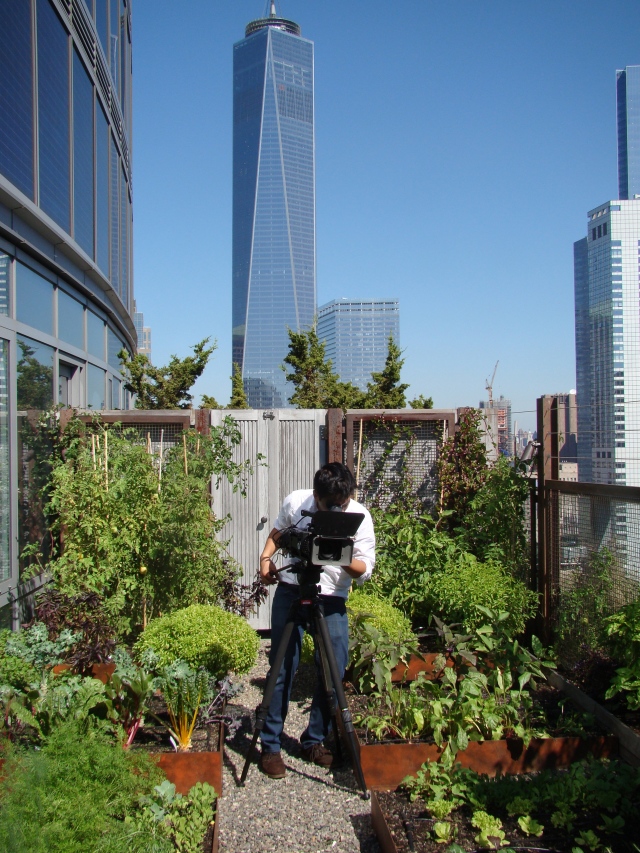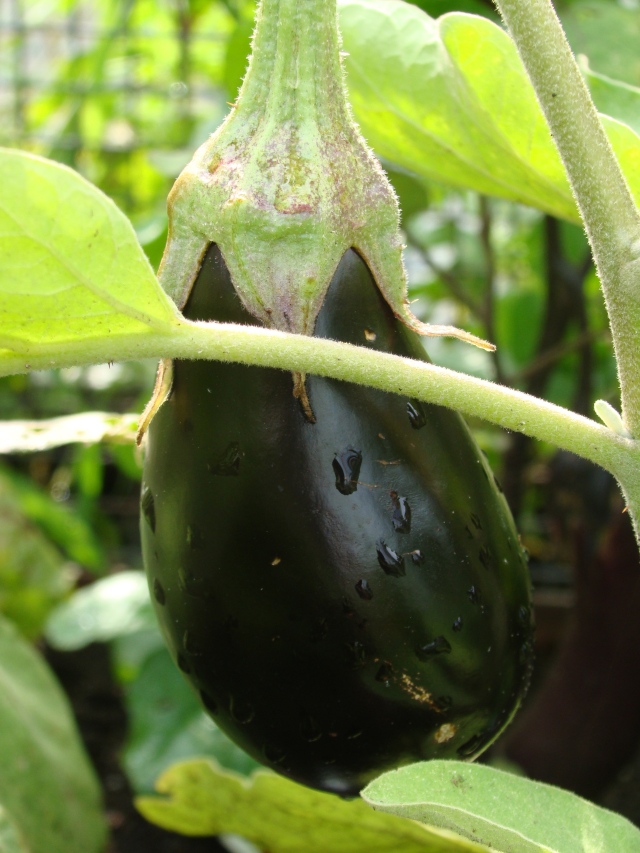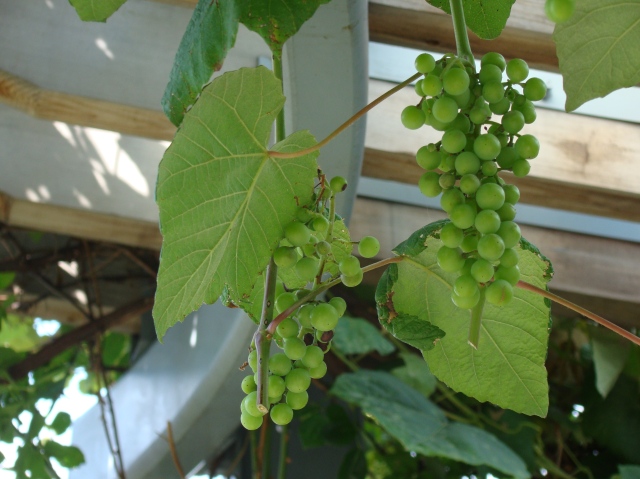So did any of my etymologically inclined readers stumble over the title? Yes, you’re right: “harvest” is derived from the old English “haerfest,” meaning autumn. So a harvest in April is a contradiction, or perhaps more charitably, a paradox. But, as the pictures below attest, it is nonetheless a real thing.
Parsnips
Parsnips are said by unreliable sources to have been “the favorite” vegetable of the Roman Empire, in part because of its reputation as an aphrodisiac. What is certain is that the wild parsnip, Pastinaca sativa, has sap in its leaves and stems (not the roots) that is highly toxic in the presence of sunlight.
The parsnips pictured above have had quite a journey. They were sown on July 6 of last summer, a hot day with rooftop temperatures in the low 90’s. Turga parsnips (Pastinaca sativa ‘Turga’), an heirloom variety originating in Hungary, emerged on schedule in late October. By mid-February an exploratory yank revealed that the roots were developing.
The seed company Botanical Interests, from which we procured these seeds, advises “The trick to growing the sweetest parsnips? Wait to harvest the roots until after the first frost. Cold temperatures change the starch into sugar, making them sweet and flavorful.” On the usually dubious theory that if long is good, longer must be better, your negligent correspondent did not make his first harvest until late March. Although many frosts and freezes had then passed, the thin white roots, eaten raw after a cursory cleaning, boasted a clean sharp parsnip flavor and a pleasing soft crunch. As late as April 2, another taster noted “perfect flavor and texture.”
The always wise majordomo of Battery Rooftop Garden, Annie Novak, advised in March that although we had been lucky the roots were still tasty after their long winter nap, the incipient root hairs were a sign that they should be eaten promptly. Ignoring this sage advice, I failed to harvest and eat the remaining crop until yesterday, by which time the now hirsute roots were slightly woody, with a dull flavor. I eat them anyway.
Asparagus
Four years have passed since we interred the crusty brown asparagus crowns in the shallow soils to the west of one of the deeper vegetable beds, with hope, of course, but also the nagging realization that this was one of our roof top experiments most likely to fail. All the authorities counseled that beautifully prepared deep loamy soils were critical for success, and in the vast reaches of the World Wide Web I could find no evidence that anyone else had successfully harvested asparagus from a green roof. And now, four years later:
It has been hard to keep up with this year’s enthusiastic crop. I should be cutting each stalk when it hits 8 – 10 inches, but have left for weekends and short trips and returned to find 2-foot monsters. No matter. Whether harvested when young and short, or slightly older and tall, the flavor and texture of these perennial plants is extraordinary. All visitors to BRTG during the past few weeks have been asked to sample a freshly snapped stalk. All have validated my conclusion that eating asparagus alive, moments after harvest, is a food experience completely unlike the consumption of asparagus under any other conditions. Cooking is superfluous. The texture is extraordinary, al dente but so moist and vital that the fibers explode and dissolve with a satisfying crunch. The flavor is not remotely sulfurous, but grassy, mild, and fresh. All the joys of spring in a single bite.
Spinach
If asparagus if the superstar diva whose aria makes the audience swoon, spinach is the Metropolitan Opera Chorus – top quality, occasionally to be enjoyed on its own, but largely relegated to a supporting role.
On September 23 we sowed Spinacia oleracea ‘Regiment’ in a sunny bed, followed on October 28 by the deep green crinkly-leaved favorite ‘Bloomsdale Long Standing.’
By mid-November we observed 70% germination. Fast-forward five months through a rather typical Zone 6 winter and you have:
I am under some pressure to harvest this bumper crop quickly, to make room for the Speckled Troutback Lettuce now sown below. So yesterday’s lunch was a quick stir-fry of both varieties in coconut and sesame oil, with a sprinkle of turmeric and pepper. Delicious.
Note: Please note that my author blog is www.fredericrich.com/blog/. There is a subscription button on that page.

